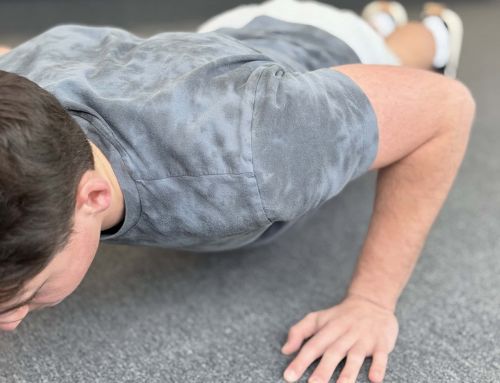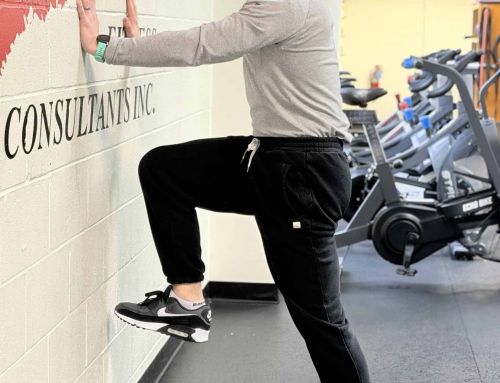
By The One on One Team
Last Updated: 10/26/25
Master the Rower Machine: Technique and Tips for Better Results
The rower machine is one of the most versatile cardiovascular training tools available. It can serve as a stand-alone endurance tool or be incorporated into a metabolic resistance training session. Whether you’re looking to improve aerobic capacity, increase EPOC, or recover actively, the rower delivers—with minimal impact on your joints.
This week’s Focus Point covers the important elements of effective rowing. We will review the proper technique and provide basic instruction about the most important settings. With a greater understanding of the rower, you can train more purposefully and enjoy better results.
Maximize safety and effectiveness with proper technique.
Each rowing stroke is composed of four distinct phases: the Catch, Drive, Finish, and Recovery. The following steps outline how to perform each phase efficiently:
- The Catch
- Sit tall with shoulders relaxed. Establish your “Capital I”
- Arms extended, hips hinged forward, and knees bent.
- Lean slightly forward (around 1 o’clock on a clock face).
- The Drive
- Initiate the movement with a strong push from the legs.
- Once legs are nearly extended, unhinge the hips back.
- Finish by pulling the handle into your midsection with your elbows tracking back.
- Think: Legs → Hips → Arms
- The Finish
- Lean slightly back (around 11 o’clock on a clock face).
- Handle at lower ribs, wrists flat, shoulders down.
- The Recovery
- Reverse the movement: arms extend, hips hinge forward, then knees bend.
- Return smoothly to the catch; don’t rush.
Now that we understand the technique, let’s dive a little deeper into the settings you’ll find on the rower machine.
- Damper- The damper, located on the side of the flywheel, controls the level of resistance and can be set from 1–10. While often mistaken for intensity, the damper primarily influences the feel of the stroke with a higher damper number producing a heavier stroke. Actual intensity depends on the effort applied, not the damper position.
- SPM (Strokes per Minute)- SPM is a primary variable to monitor on the rower. Generally, strokes per minute and damper setting are inversely related: as the damper setting increases, SPM will decrease and vise versa. Manipulating SPM can be a valuable way to design and progress your rower sessions.
- Output- Stroke intensity can be measured using power (watts), pace (mins:sec per 500 m) or caloric expenditure (calories per hour). Over time, you will develop an intuitive sense of how these metrics relate to your perceived effort.
When executed with proper technique and informed use of settings, rowing transitions from a simple cardio activity into a purposeful, full-body training method that builds endurance, burns calories, and increases power.




